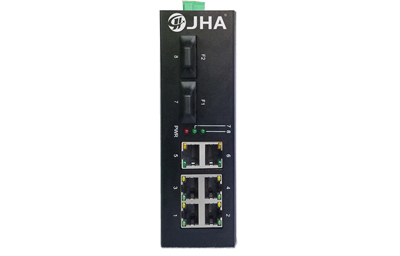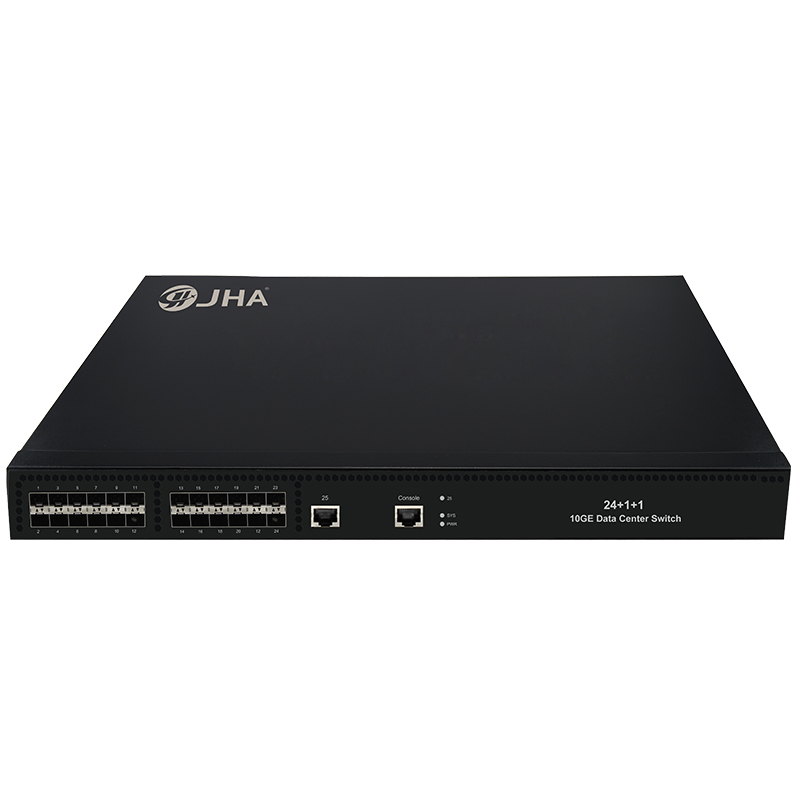Technology has made incredible advancements over the past decade. However, many homes are still relying on traditional copper phone and cable lines to support the higher bandwidth needs of their newer technology. Fiber optic networks are beginning to expand to new areas, and the appeal of the super-fast infrastructure is striking a chord with users looking to get the most out of their computers, televisions, tablets, and more. Thanks to the speed, capacity, and versatility of fiber networks, the future of technology is readily apparent.
Speed
As we know fiber-optic cables in the popular FIOS network to deliver data and television at incredible speeds. Because of that speed, every member of the family can easily stream video, surf the internet, play an online game, and more at the same time. With more and more devices needing to access the internet making their way into homes, consumers looking to maximize the efficiency of those pieces of equipment are turning toward fiber optic networks.
Capacity
Because of the limitations of copper wire, the capacity of traditional cabling resulted in a drop off of television picture quality. Fiber optic cables do not have those capacity restrictions, which means crisp and clear true high definition pictures and the corresponding high quality audio are easily delivered to the television sets populating living rooms across the country. As picture quality increases, fiber optics will become more prevalent as a delivery method.
Versatility
Because of speed and capacity, fiber optic networks can solve digital voice, internet, and television connection issues. The versatility of one system being able to handle the demands of several consumers at the same time is a major asset. Plus, the continued growth of technology requires faster speeds and better quality pictures to satisfy the advancing specifications.
In the end, fiber optic cable networks represent the future of home technology. The speed, capacity, and versatility of the networks are all geared toward the gadgets of today. However, these systems are also being engineered to handle the demands of the technology of tomorrow. Consumers with a keen eye on the technology industry are eagerly awaiting the expansion of fiber networks into their geographic region. After all, taking advantage of all of the features of the tech currently in their homes is usually a high priority, but being ready for what the next generation brings can be just as important.
Post time: Jul-15-2020







